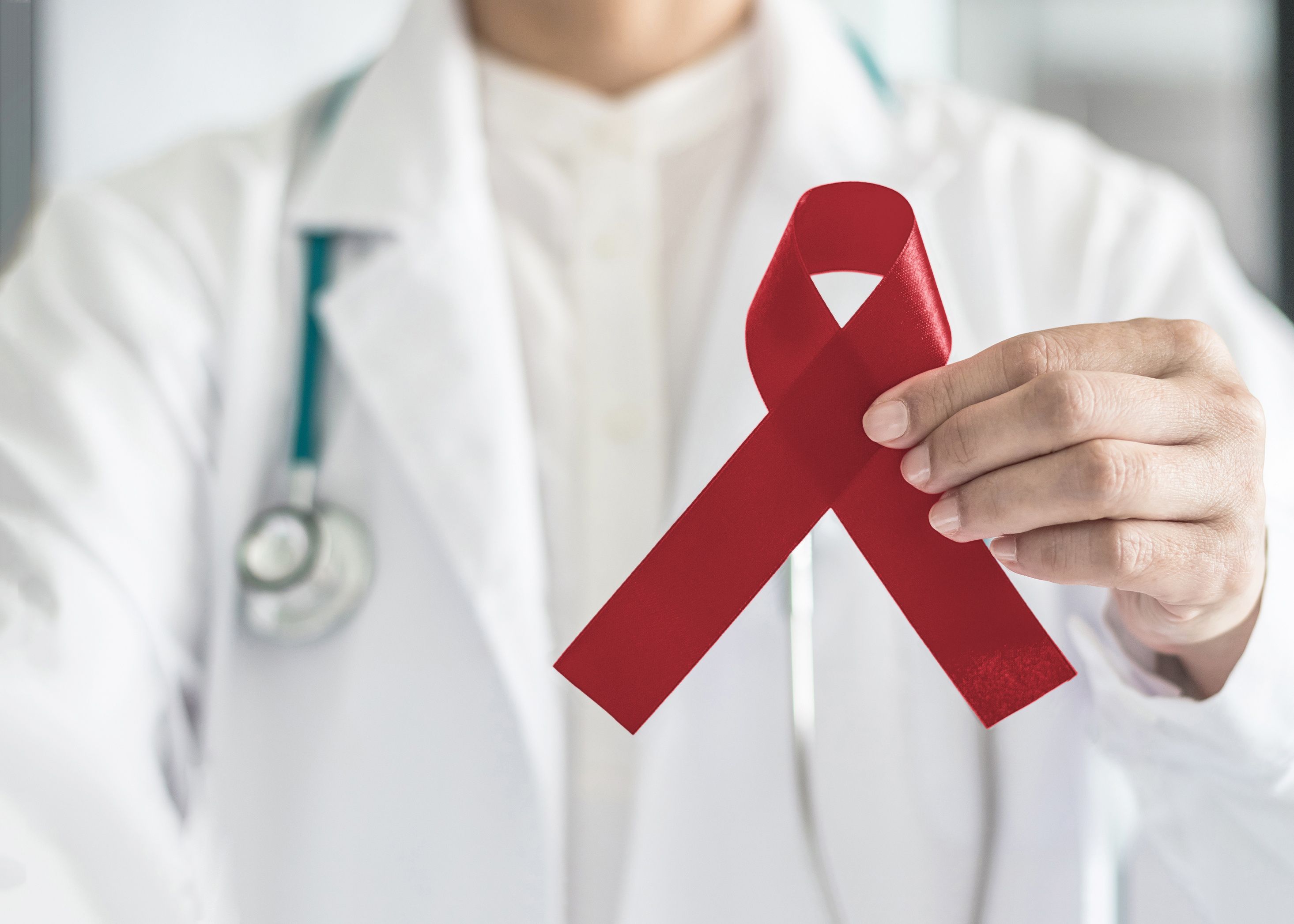Video
Key Considerations for Bridging Gaps in Care Delivery
Pharmacy specialists illustrate the benefits of using a comprehensive team for care delivery to patients with MPNs.
Ryan Haumschild, PharmD, MS, MBA: You’re able to be a subspecialist practicing within hematology. I feel like you have a progressive practice model that enables patients to have direct interaction with you, at the end of the day, you’re able to help improve direct patient care. Talk me through what your role looks like in terms of the team. Who are the key stakeholders you’re engaging with as you’re focusing on this patient care and quality improvement? At the end of the day, what does that dialogue look like as part of the care team when you’re rolling out these initiatives?
Jeff A. Gilreath, PharmD: Great questions. My role in the clinic has evolved greatly over many years, but what seems to be of most value is time spent with patients and then bringing that information back to the physician who has to stay on schedule, seeing patients every 20 minutes. I typically go in with the patient and see every patient on our schedule, which can be a daunting task, especially if we have 18 patients to see in 4 hours. I rarely sit down those days. I just go from 1 patient room to the next.
We pass the hematologist in the hall. We discuss patients in the clinic and try to keep things rolling. Then, at the end of the day, we sit down and go through all of the needs that we identified for different patients. Working at a University center, I have the luxury to be fully clinical in that regard. I fully understand and respect that not everyone can do that. Some pharmacists have to work with a verification queue. We all wear many hats and play different roles. But in terms of key stakeholders, it’s really the patients and physicians who are the key stakeholders who would benefit from the clinical services.
Ryan Haumschild, PharmD, MS, MBA: Building on that, do the patients feel the impact you’re making when you interact with them directly? Do they give feedback in terms of what a different care model it is having a clinical pharmacist directly involved in their care plan?
Jeff A. Gilreath, PharmD: I can’t tell you how many phone calls come into the clinic asking for me specifically. Although there are some questions that should be directed toward the hematologist, sometimes they’re directed toward me because I have spent that extra time building that relationship and trust with the patient.
Ryan Haumschild, PharmD, MS, MBA: How about you, Sharita? How is it working with you? Talk to me about your care model. Do you have that same interaction with patients on a day-to-day basis?
Sharita Howe, PharmD: We have interactions with our patients, but they’re at the pharmacy level. We’re not visiting the patients when they’re being seen in the clinic, but we’re working behind the scenes and engaging these patients after they leave the office. By talking with these patients day in and day out, we can assess what their gaps in care are or how they’re feeling about their treatment, and then we’re able to report that back to our physician team.
One of the things I wanted to point out, as Jeff was talking, is that in the community practice I don’t want to forget about the value that great oncology pharmacy technicians add to the mix. Because if you’re able to get buy-in from your pharmacy technicians and your pharmacy technicians are able to engage these patients, depending on your state laws, you can use them to complete some of the day-to-day tasks that may be part of the pharmacists’ duties. We may be able to have the technicians do those.
For example, our technicians are the ones making refill calls. They’re following a script that we’ve created in the EMR [electronic medical record]. We were able to develop macros or snippets that expand so they can type in a drug name and then a script will expand and they’re able to really hone in on this script and go through it with the patients. That allows the pharmacist more time to focus on some of these clinical activities and development of these clinical initiatives. Then you can train your technicians to be able to triage certain problems. If a patient is scoring all 1s on their assessment, then we’re good to go. But if you notice that we’re starting to get 4s, “OK, this is what we do for 4s. This is what we do when the scale is closer to 10.” I want to stress to practices to lean on technicians for some of these clinical initiatives as well, especially as technicians are becoming more specialized.
Ryan Haumschild, PharmD, MS, MBA: That’s a great point. I’m a huge fan of pharmacy technicians. I’ve got to tell you, I work with an incredible team. I refer to them as the MVPs of pharmacy because I truly think that they make the difference in the care model that we provide. The more that we can leverage their skill sets, the better it’s going to be for patient care and team-based care, as you spoke about. I appreciate you calling that out.
Within your practice, as you’re identifying some of these patients for your quality initiatives, how does the physician champion who we discussed earlier get involved? How do they get involved in identifying a patient? Do they tell you when a patient looks like someone you should see based on this scoring? How do you get engaged with them? How do they engage patients as part of the quality improvement process?
Sharita Howe, PharmD: In our setting with our quality initiative, the physician champion isn’t filtering the patients to our pharmacy for this service. We’re actually completing this service for all of our patients who are started on a medication. If they’re started on a treatment for their PV [polycythemia vera], ET [essential thrombocythemia], or myelofibrosis, they’re automatically falling into this queue for follow-up. What the physician champion does for us is get the word out there to the nursing staff and other physicians to say, “This is something that the pharmacy is doing, these are the data that they’ve collected, and this is how it’s impacting our patients.”
The reason it’s important in our particular practice is because when patients fill with us, they fall into our symptom management initiative. But if a patient goes to an outside pharmacy, we aren’t able to capture those patients because I don’t have a record that they have been started on therapy. There’s a huge gap there for patients who are going to outside pharmacies if we don’t capture that prescription first. One of the ways that we were able to target these patients in other disease states is by having a nurse navigator who’s running reports in the EMR and then following up with these patients who are filling outside of our pharmacy.
By being able to get the physician champion on board, I can get buy-in to our clinical director or other staff members and say, “We need help. We’re doing it for these patients who are coming to see us in our pharmacy. This is how the care is differing from the patients who aren’t seeing us in our pharmacy, and we need these extra hands to be able to increase this initiative so that all of our patients are receiving the same amount of care, no matter where they’re filling within the VCI [Virginia Cancer Institute] network.” That’s where they stand out for us in our practice.
Ryan Haumschild, PharmD, MS, MBA: That’s key because even when we have some patients who are carved out due to payer mandates, we still want to provide quality care. They’re still our patient, so how do we work on that?
Transcripts edited for clarity.
Newsletter
Stay informed on drug updates, treatment guidelines, and pharmacy practice trends—subscribe to Pharmacy Times for weekly clinical insights.






